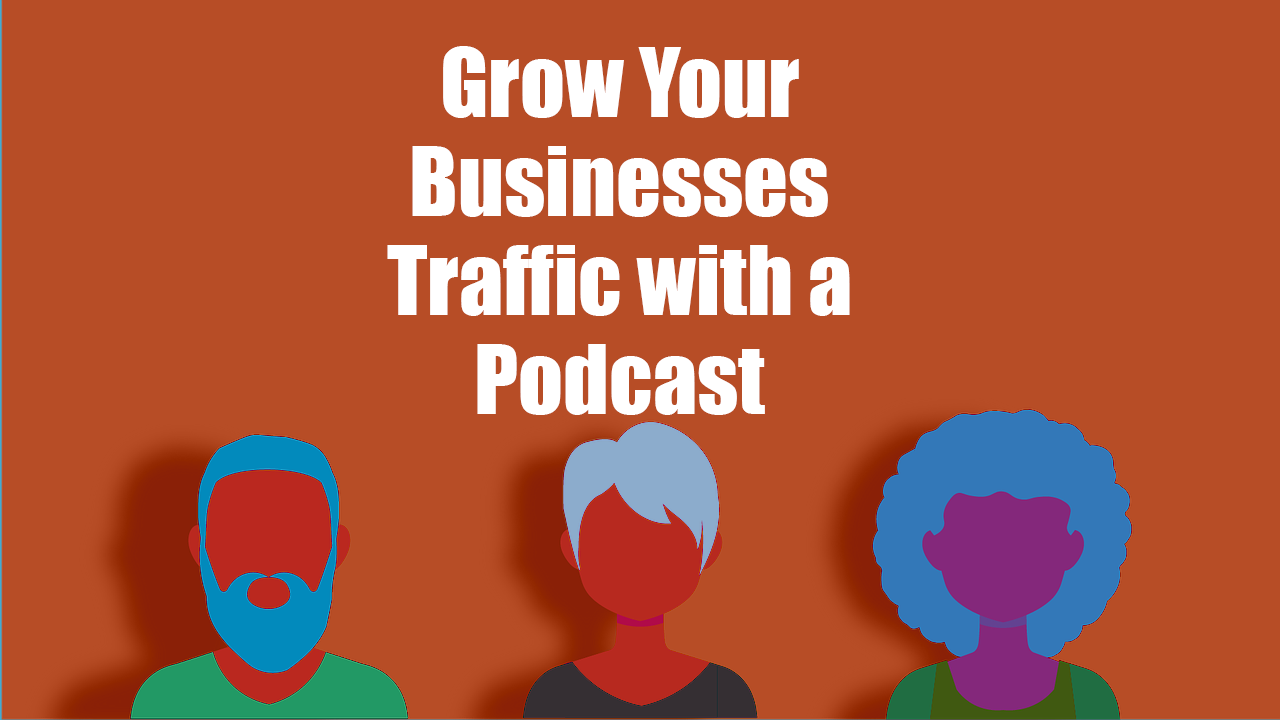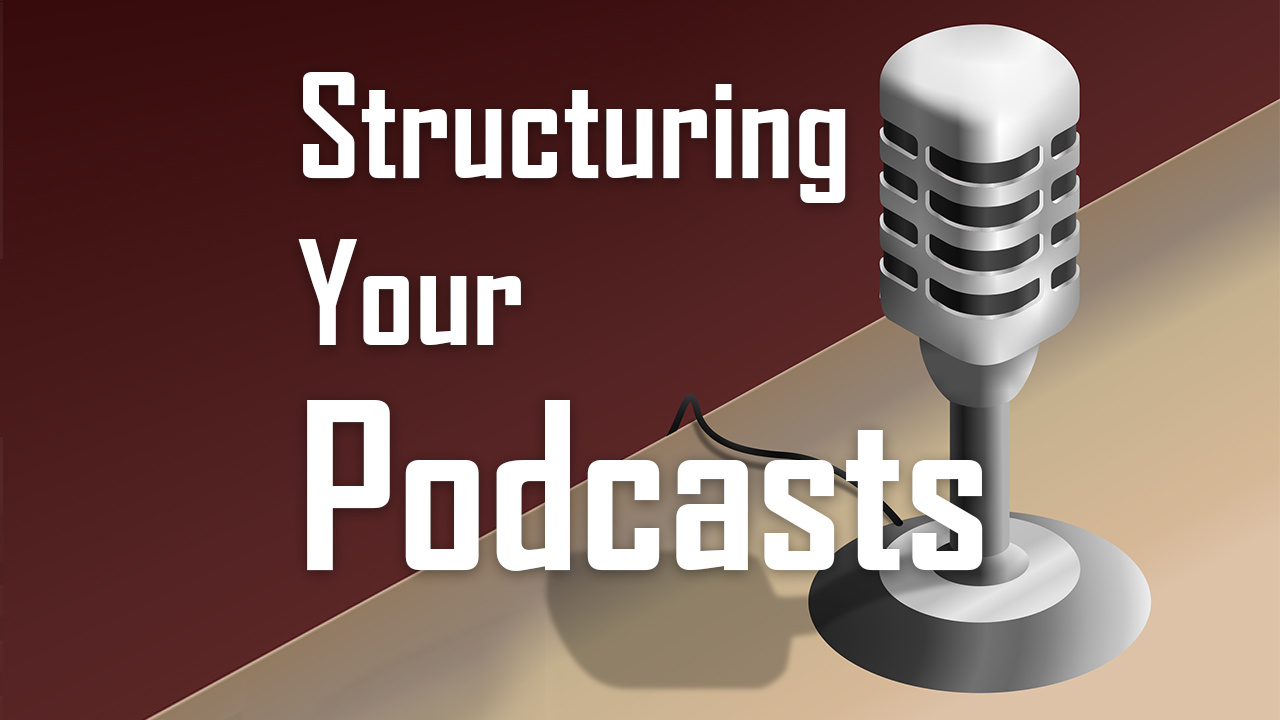If you want to grow your business traffic online, you should consider creating a podcast. A podcast is an audio file...
Podcasting
Structuring Your Podcasts
Free-form podcasting has its place. There is something cool about just sitting down with a mic, some facts and some...

